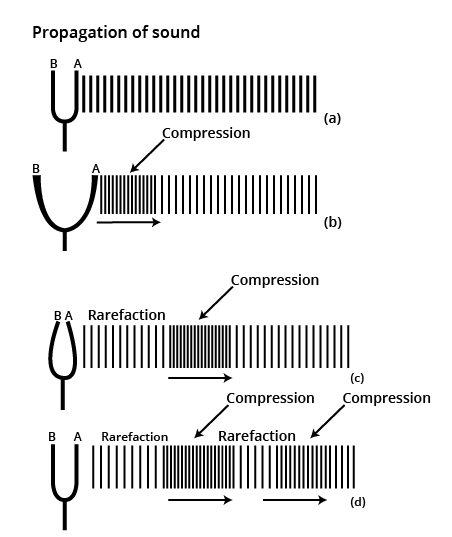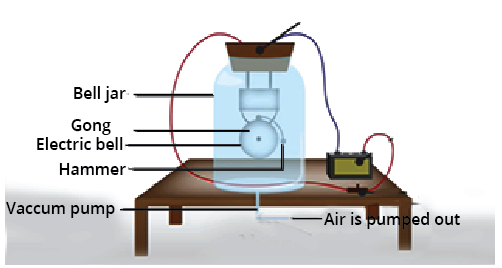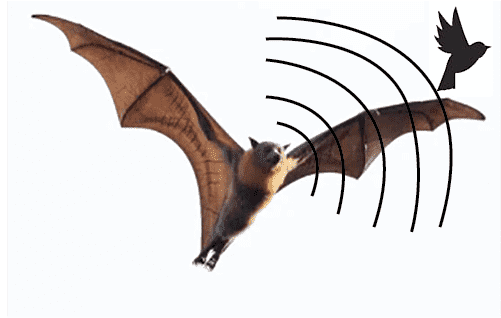Class 9 Science Chapter 11 Summary Notes PDF Download
Sound Class 9 Science Chapter 11 CBSE Notes - 2025-26
FAQs on Sound Class 9 Science Chapter 11 CBSE Notes - 2025-26
1. What is the best way to use these Revision Notes for the Sound chapter?
Use these notes as a tool for a quick recap after you have studied the chapter from your NCERT textbook. They are designed to help you quickly review key definitions, formulas, and diagrams, making it easier to connect concepts and strengthen your memory before an exam.
2. What main topics should I focus on for a quick summary of Class 9 Sound?
For an effective revision of this chapter, you should focus on the following key areas:
- The production and propagation of sound through a medium.
- Characteristics of sound waves like frequency, amplitude, and speed.
- The concepts of reflection, echo, and reverberation.
- Practical applications such as SONAR and the working of the human ear.
3. How can I quickly revise the difference between loudness and pitch?
A simple way to remember the difference during revision is to connect them to wave properties. Loudness is determined by the amplitude of the sound wave – a higher amplitude means a louder sound. Pitch, on the other hand, is determined by the frequency – a higher frequency results in a higher pitch.
4. When revising, what's a simple way to remember why sound travels at different speeds in different media?
To remember this easily, think about how close the particles are in each medium. Sound needs particles to travel. In solids, particles are packed tightly, allowing vibrations to pass very quickly. In liquids, they are farther apart, so sound travels slower. In gases, particles are the most spread out, making sound travel the slowest.
5. Why is understanding the reflection of sound crucial for revising topics like echo and SONAR?
The concept of reflection is the foundation for both echo and SONAR. An echo is simply the sound we hear after it reflects off a distant surface. SONAR (Sound Navigation and Ranging) is a technology that uses the same principle of sound reflection to measure distances and map objects underwater. Revising reflection first makes these applications much easier to understand.
6. What is the connection between frequency, the audible range, and the applications of ultrasound?
These concepts are directly linked. Frequency is the number of sound vibrations per second. The human ear can only perceive a specific range of frequencies, known as the audible range (about 20 Hz to 20,000 Hz). Frequencies above this range are called ultrasound. Because we can't hear it, ultrasound is very useful for medical imaging and other technologies without creating noise.
7. How are sound waves different from light waves, and why is this comparison useful for a chapter summary?
Understanding this core difference is key for revision. Sound waves are mechanical waves, which means they must have a medium (like air, water, or solids) to travel. In contrast, light waves are electromagnetic waves and can travel through a vacuum. This is why we can see the sun but cannot hear it. Remembering this helps clarify the fundamental nature of sound.
8. How is the structure of the human ear related to the concepts in the Sound chapter?
The human ear is a perfect biological example of the physics of sound. The outer ear collects sound waves, the middle ear amplifies the pressure variations, and the inner ear converts these signals into electrical impulses for the brain. Revising the ear's structure helps you see a real-world application of concepts like frequency, amplitude, and pressure waves.




















 Watch Video
Watch Video




















